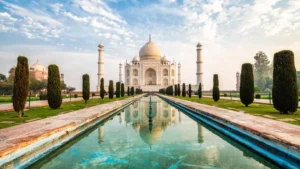
Introduction
Italy is a land of rich history, stunning landscapes, and world-renowned cuisine. Whether you’re exploring Rome’s ancient ruins, cruising Venice’s canals, or indulging in Sicilian seafood, understanding Italy’s currency system ensures a smooth and stress-free trip.
Before traveling, check out Danesh Exchange for competitive exchange rates on Euros (EUR)!
Italian Currency: What You Need to Know
- Italy uses the Euro (EUR), represented by €.
- Banknotes include €5, €10, €20, €50, €100, €200, and €500, with coins ranging from €0.01 to €2.
- Credit and debit cards are widely accepted, but cash is preferred at small businesses, local markets, and rural areas.
Tip: Some restaurants and shops don’t accept card payments, so carry small denominations for convenience!
Currency Exchange in Italy: Where & How
Tip: It’s best to exchange currency before arriving, as airport rates are typically higher.
How Long Should You Stay & Budgeting for Your Trip to Italy
Italy offers world-class experiences, whether you’re visiting for a short getaway or a full multi-city adventure. Here’s what to expect:
Short Trip (3–5 Days)
Budget: €500–€1,500 total
- Best for Rome, Florence, or Venice.
- Focus on landmarks, art, and food.
- Savings Tip: Use public transport instead of taxis to save money.
Standard Trip (7–10 Days)
Budget: €2,000–€5,000 total
- Covers two or three regions (e.g., Rome + Amalfi Coast + Milan).
- Includes wine tasting, historical tours, and coastal escapes.
- Savings Tip: Exchange Euros before arrival to avoid high ATM withdrawal fees.
Extended Trip (2–4 Weeks)
Budget: €6,000+ total
- Covers multiple cities, including Venice, Florence, Naples, Sicily, and Tuscany.
- Best for road trips, seasonal festivals, and culinary adventures.
- Savings Tip: Consider Eurail passes or budget airlines for affordable transport!
Estimated Costs Per Day in Italy (Based on Travel Style)
| Expense Type | Budget Travelers (€50–€100/day) | Mid-Range Travelers (€150–€300/day) | Luxury Travelers (€500+/day) |
|---|---|---|---|
| Accommodation | Hostels, budget hotels | 3- to 4-star hotels | 5-star resorts, boutique stays |
| Food | Street food, trattorias | Casual restaurants, wine bars | Fine dining, Michelin-starred cuisine |
| Transport | Metro, buses, rental bikes | Train passes, car rentals | Private chauffeurs, first-class travel |
| Attractions | Free landmarks, public piazzas | Museum passes, guided tours | Private boat cruises, exclusive experiences |
Payment Methods: Cash vs. Cards vs. Mobile Payments
Italy is increasingly cashless, but cash is still useful.
Some Italian cities charge tourist taxes, which may require cash payments—check your hotel policies before arrival!
Best Places to Visit in Italy by Season
Italy’s seasonal experiences vary greatly, making each time of year uniquely special.
Spring (March–May) – Perfect Weather & Blooming Scenery
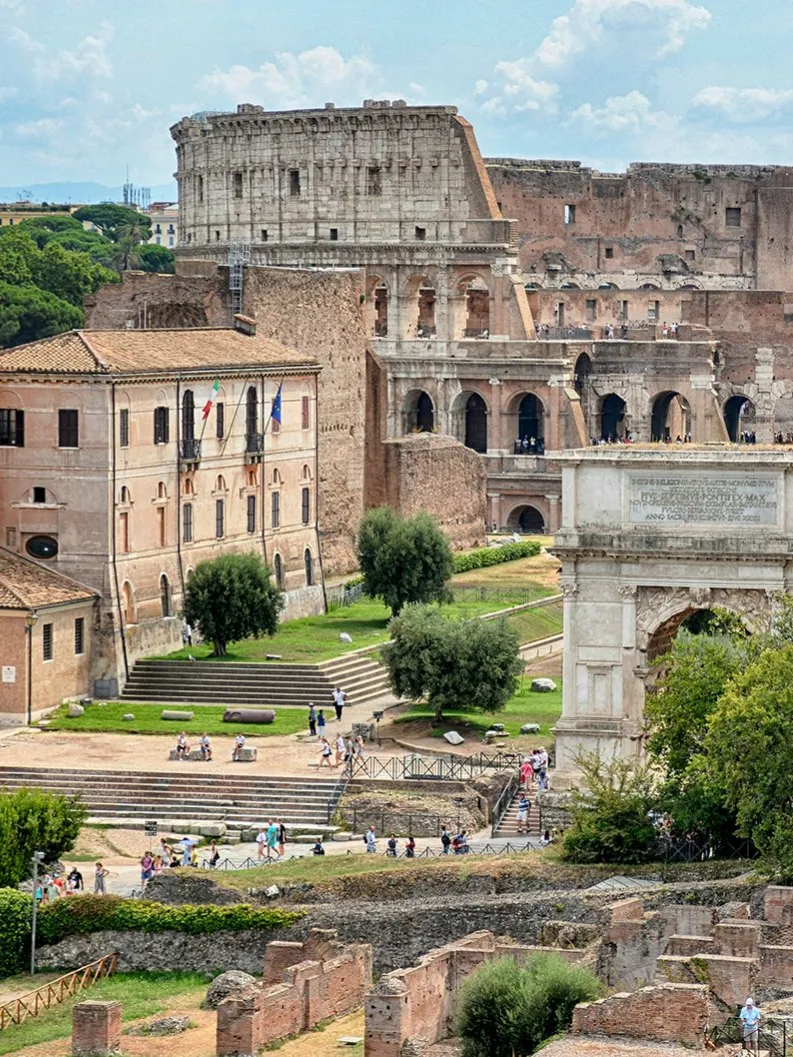
Rome & Florence
Explore historic sites without summer crowds.

Tuscany
Stunning landscapes and wine festivals.
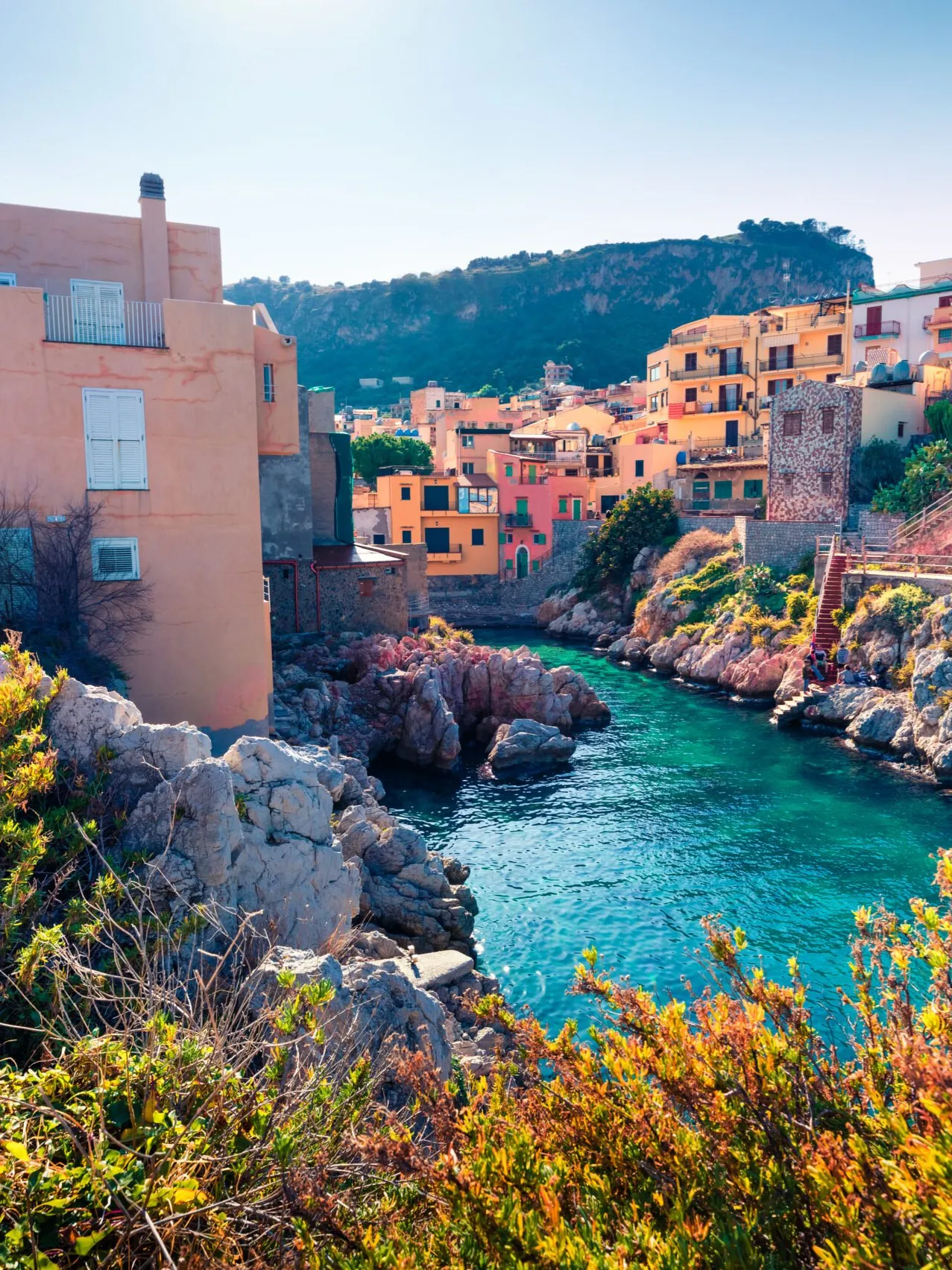
Sicily & Capri
Great weather for coastal escapes.
Tip: Spring offers mild weather and fewer tourists, ideal for sightseeing!
Summer (June–August) – Beaches & Festivals
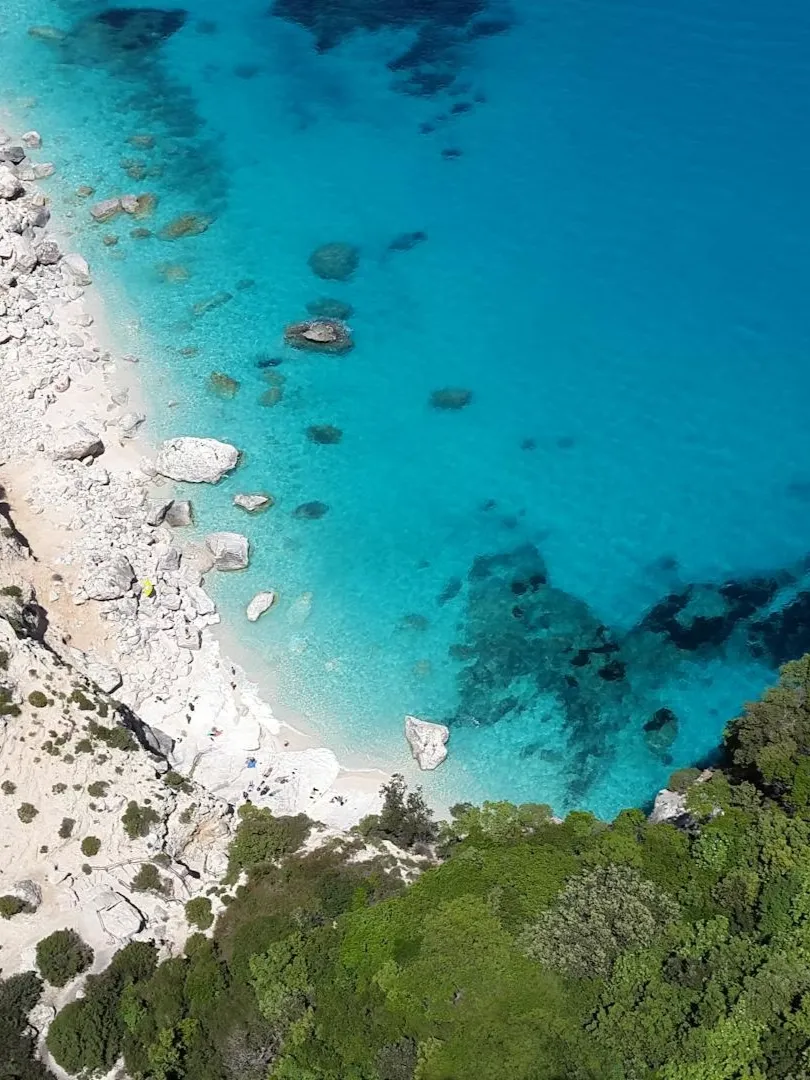
Amalfi Coast & Sardinia
Crystal-clear beaches and island hopping.
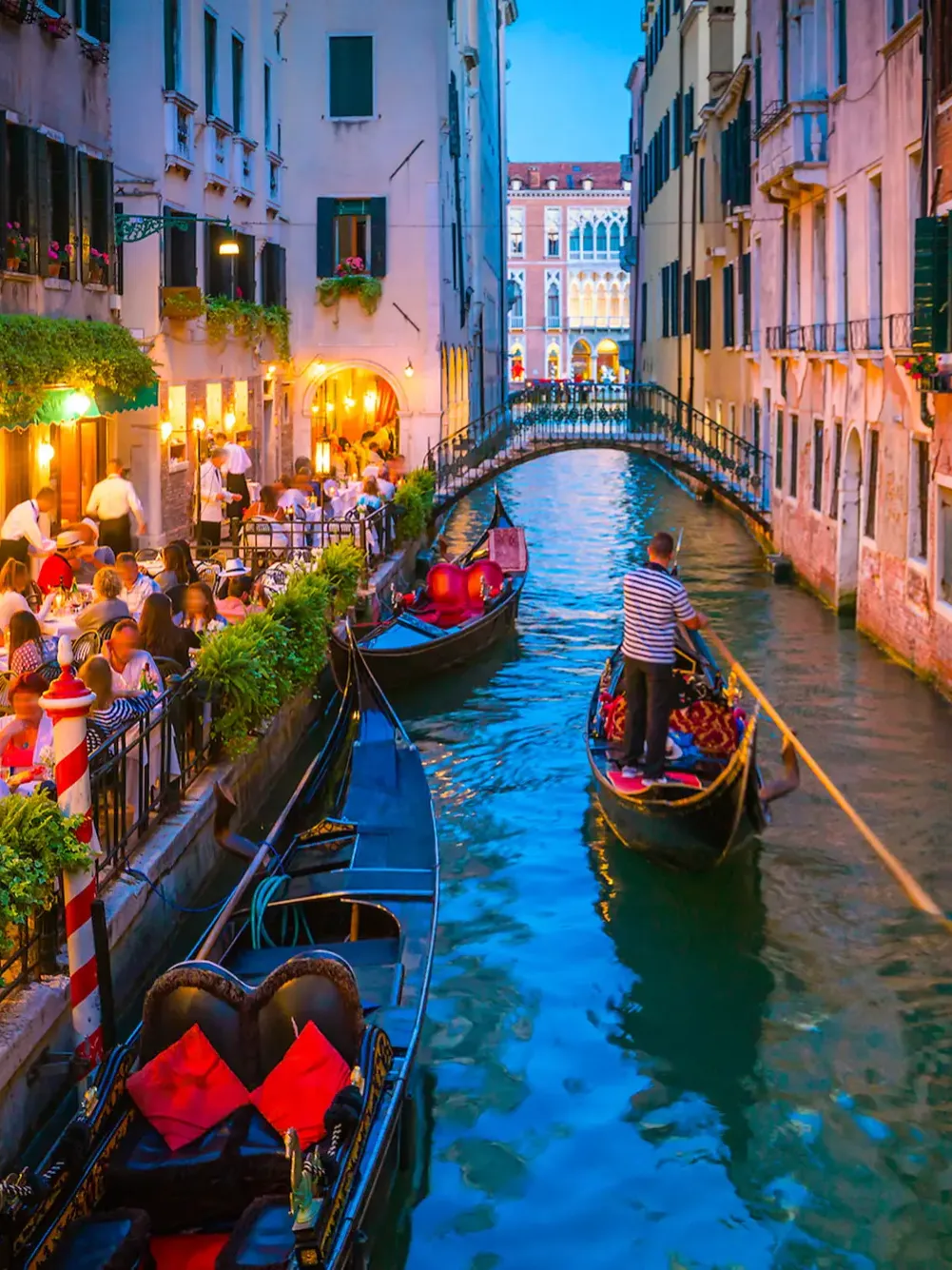
Venice
Enjoy gondola rides and vibrant summer events.
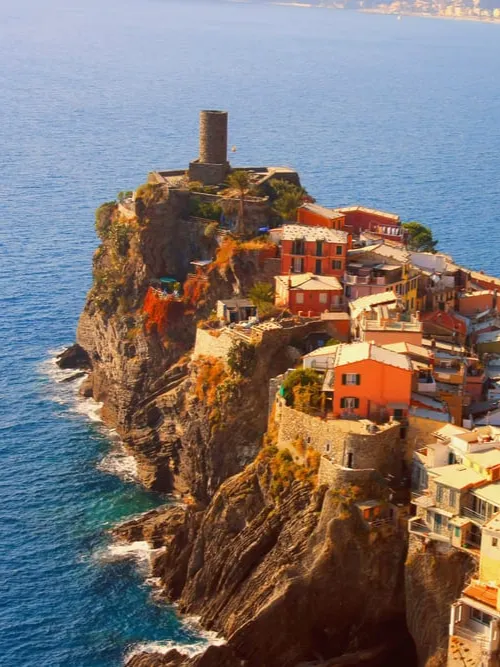
Cinque Terre
Stunning coastal trails with breathtaking views.
Tip: Summer is peak season, so book hotels and tours in advance!
Autumn (September–November) – Fewer Crowds & Stunning Fall Colors
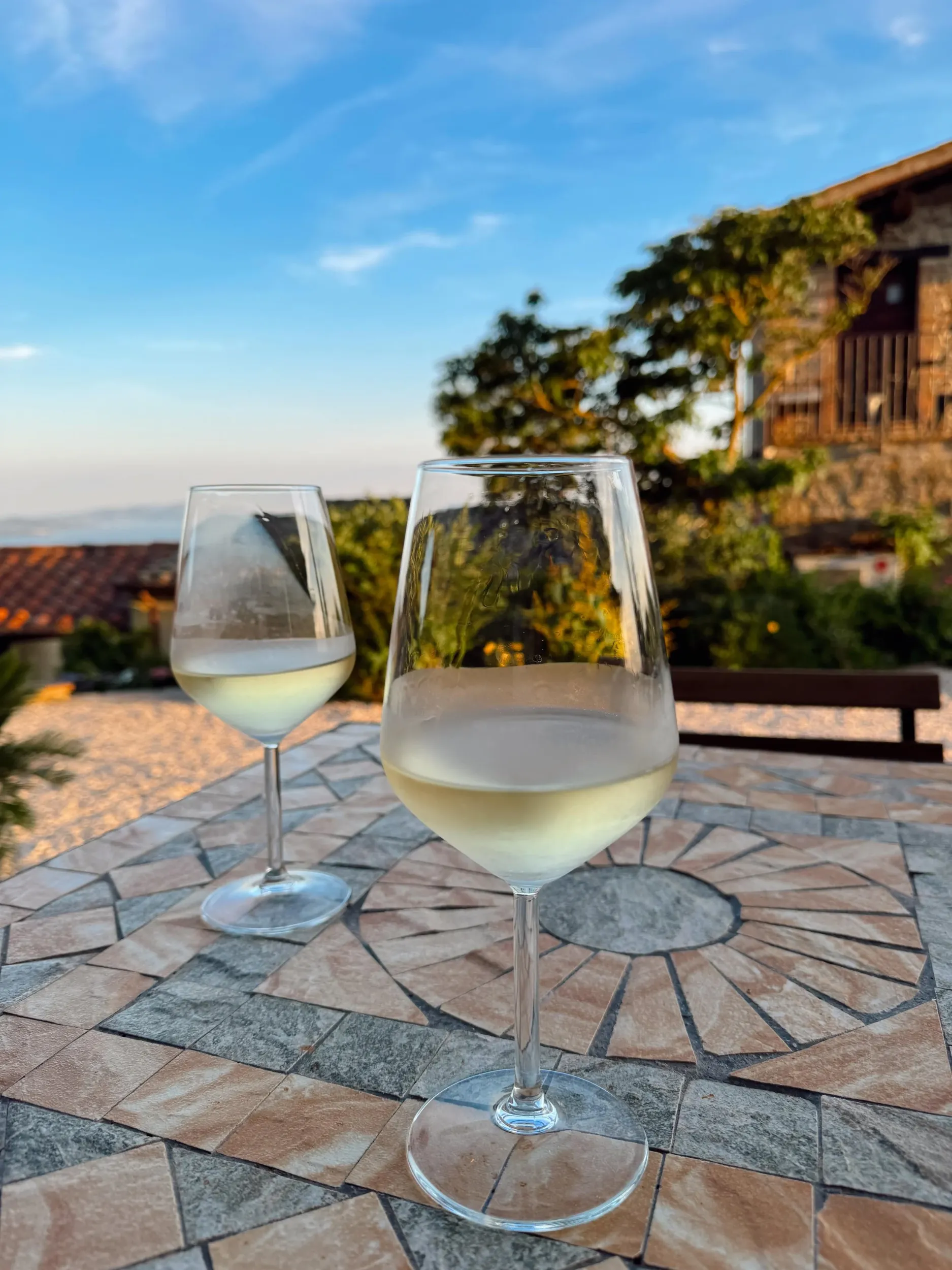
Tuscany
Best time for wine tasting and countryside exploration.
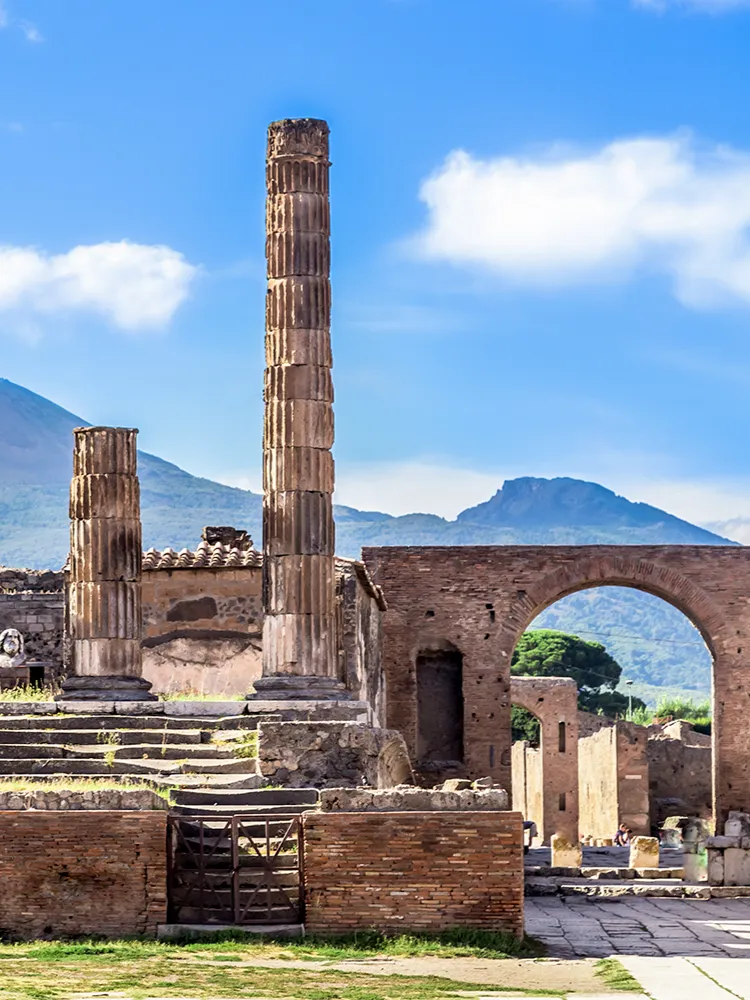
Naples & Pompeii
Mild weather for historic sightseeing.
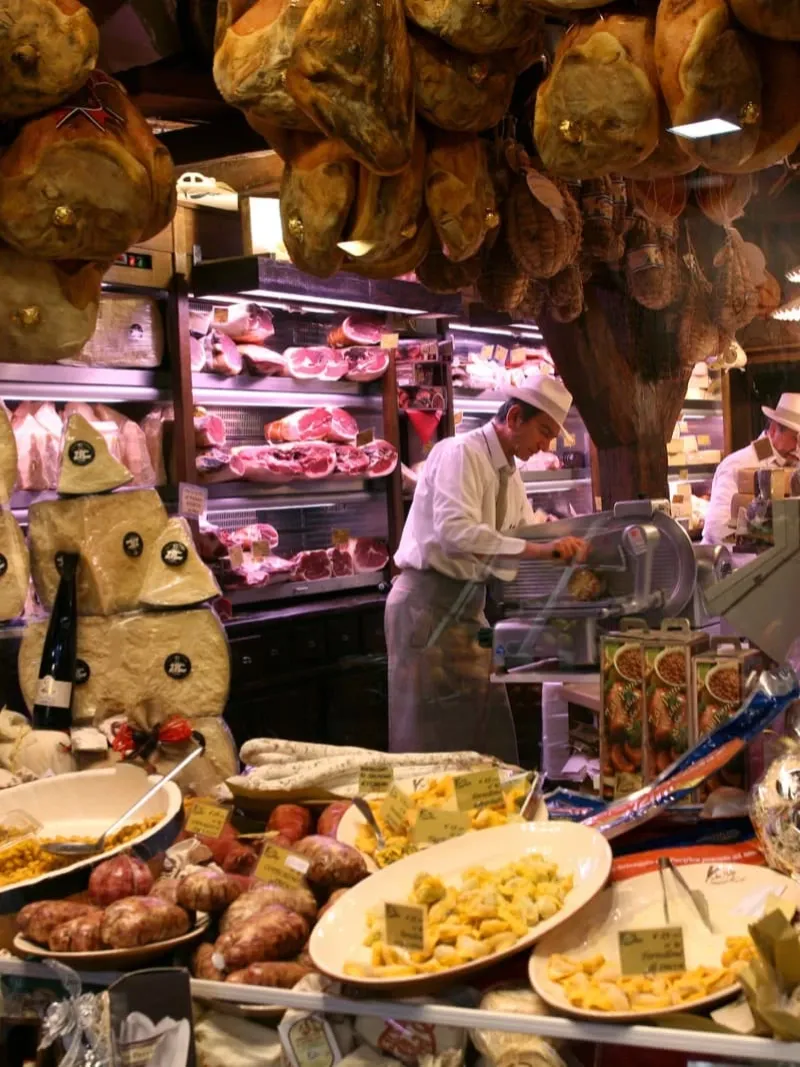
Bologna & Modena
Perfect for culinary and market experiences.
Tip: Autumn offers budget-friendly travel, with lower prices before winter arrives.
Winter (December–February) – Christmas Markets & Cozy Retreats

Rome & Milan
Beautiful holiday decorations and Christmas markets.
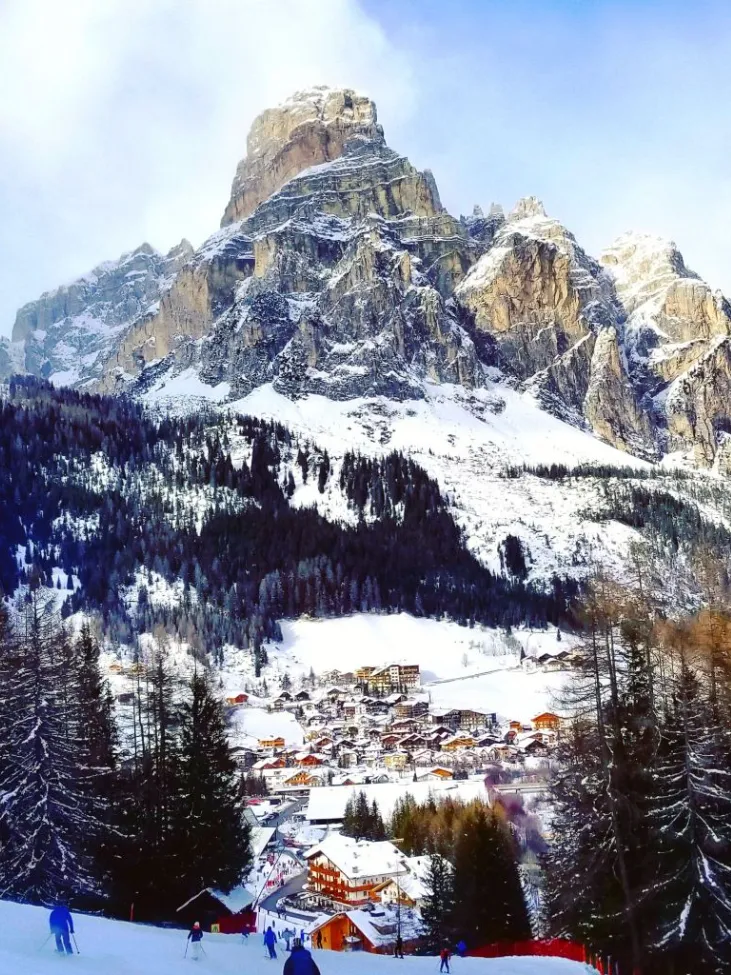
Dolomites & Alps
Ideal for skiing and winter sports.
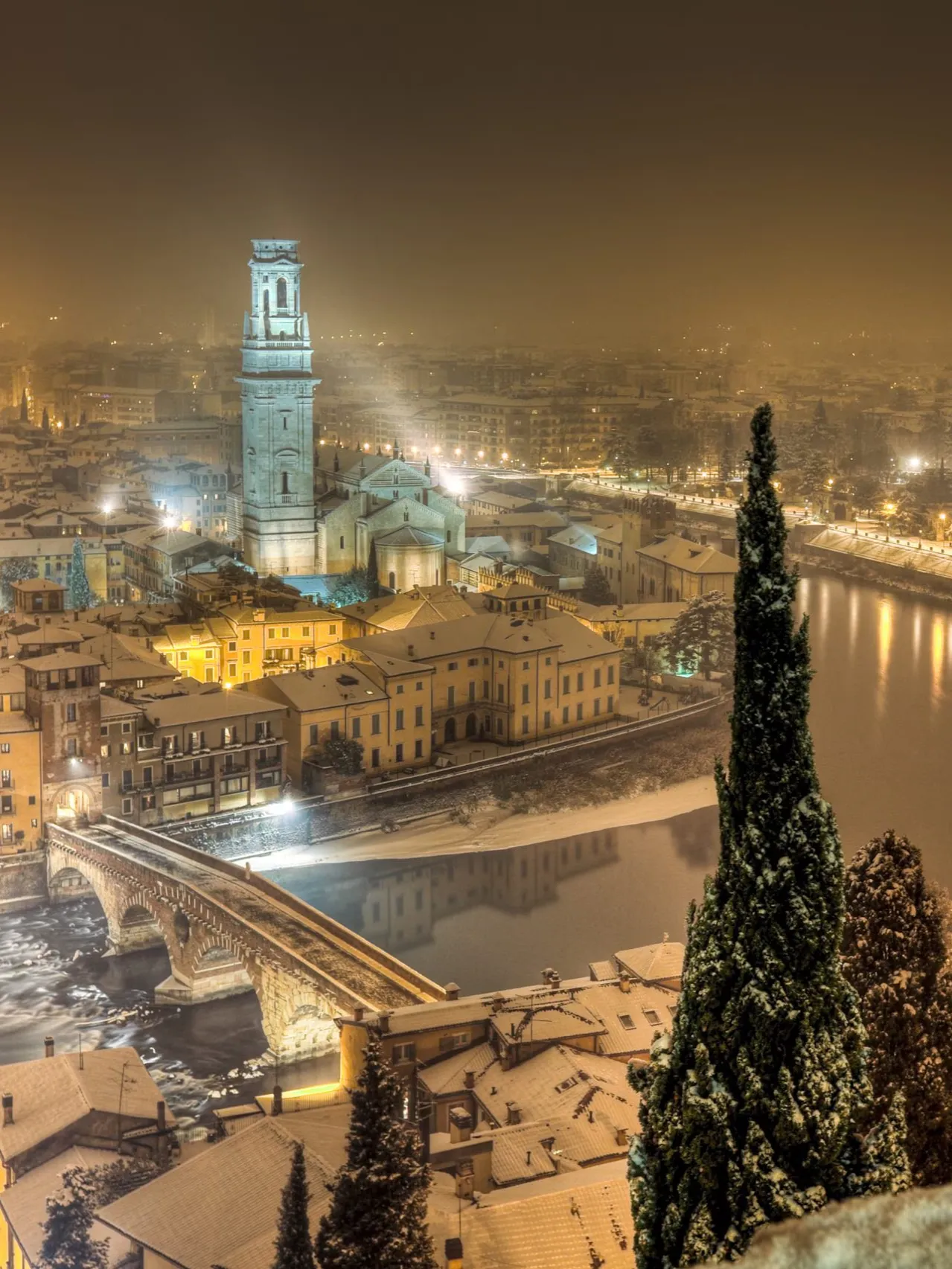
Venice & Verona
Fewer tourists and romantic atmospheres.
Tip: Winter is perfect for food lovers, as Italian truffle and wine festivals peak!
- Spring
-
Spring (March–May) – Perfect Weather & Blooming Scenery
Rome & Florence
Explore historic sites without summer crowds.
Tuscany
Stunning landscapes and wine festivals.
Sicily & Capri
Great weather for coastal escapes.
Tip: Spring offers mild weather and fewer tourists, ideal for sightseeing!
- Summer
-
Summer (June–August) – Beaches & Festivals
Amalfi Coast & Sardinia
Crystal-clear beaches and island hopping.
Venice
Enjoy gondola rides and vibrant summer events.
Cinque Terre
Stunning coastal trails with breathtaking views.
Tip: Summer is peak season, so book hotels and tours in advance!
- Autumn
-
Autumn (September–November) – Fewer Crowds & Stunning Fall Colors
Tuscany
Best time for wine tasting and countryside exploration.
Naples & Pompeii
Mild weather for historic sightseeing.
Bologna & Modena
Perfect for culinary and market experiences.
Tip: Autumn offers budget-friendly travel, with lower prices before winter arrives.
- Winter
-
Winter (December–February) – Christmas Markets & Cozy Retreats
Rome & Milan
Beautiful holiday decorations and Christmas markets.
Dolomites & Alps
Ideal for skiing and winter sports.
Venice & Verona
Fewer tourists and romantic atmospheres.
Tip: Winter is perfect for food lovers, as Italian truffle and wine festivals peak!
Final Travel & Currency Tips
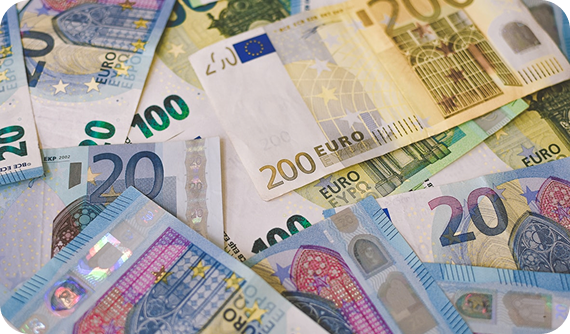
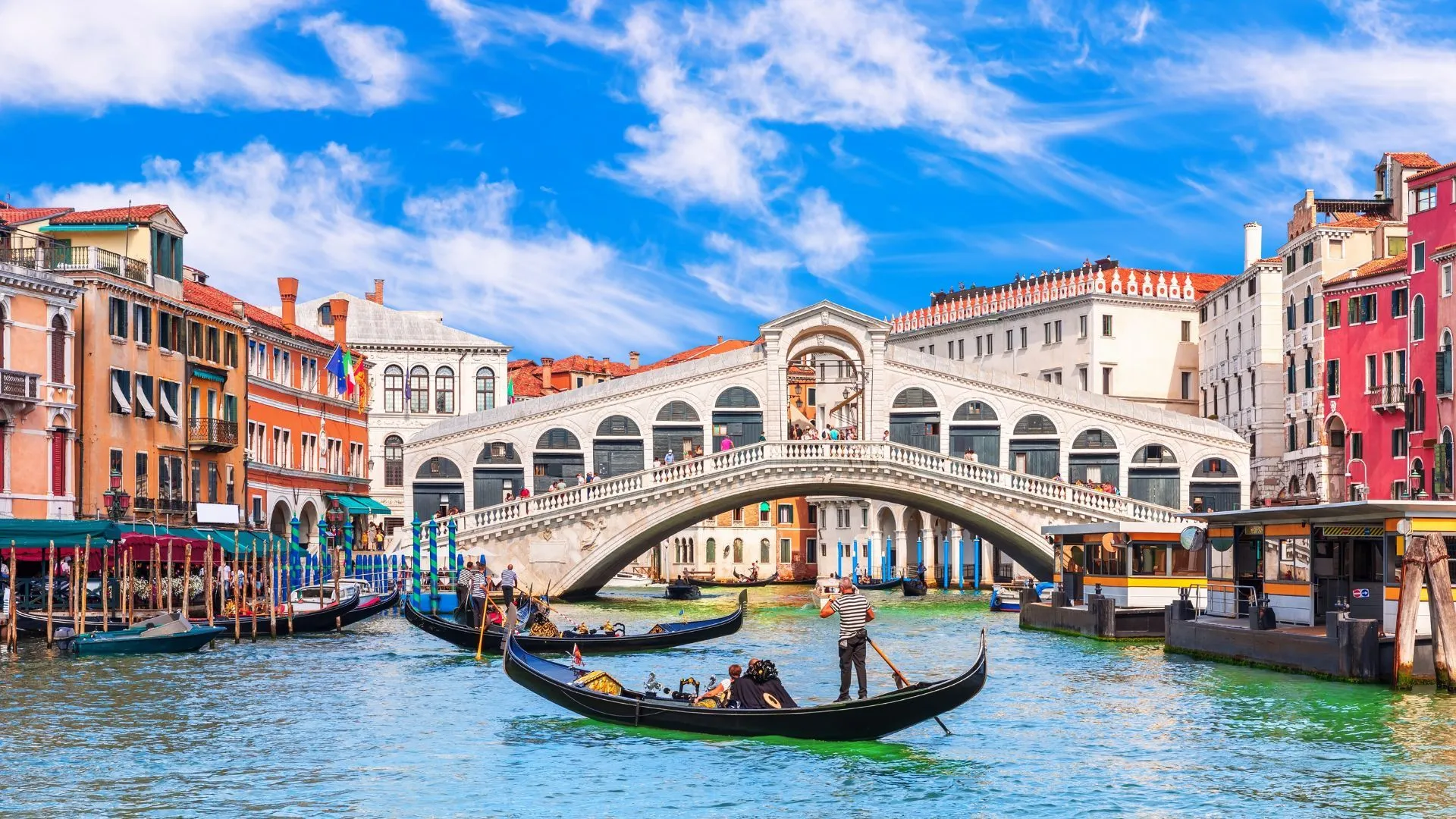
Conclusion
Italy offers unforgettable landscapes, rich history, and world-class cuisine, and smart currency planning ensures a hassle-free trip.
For the best rates and seamless transactions, visit Danesh Exchange before flying!






